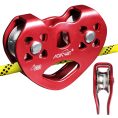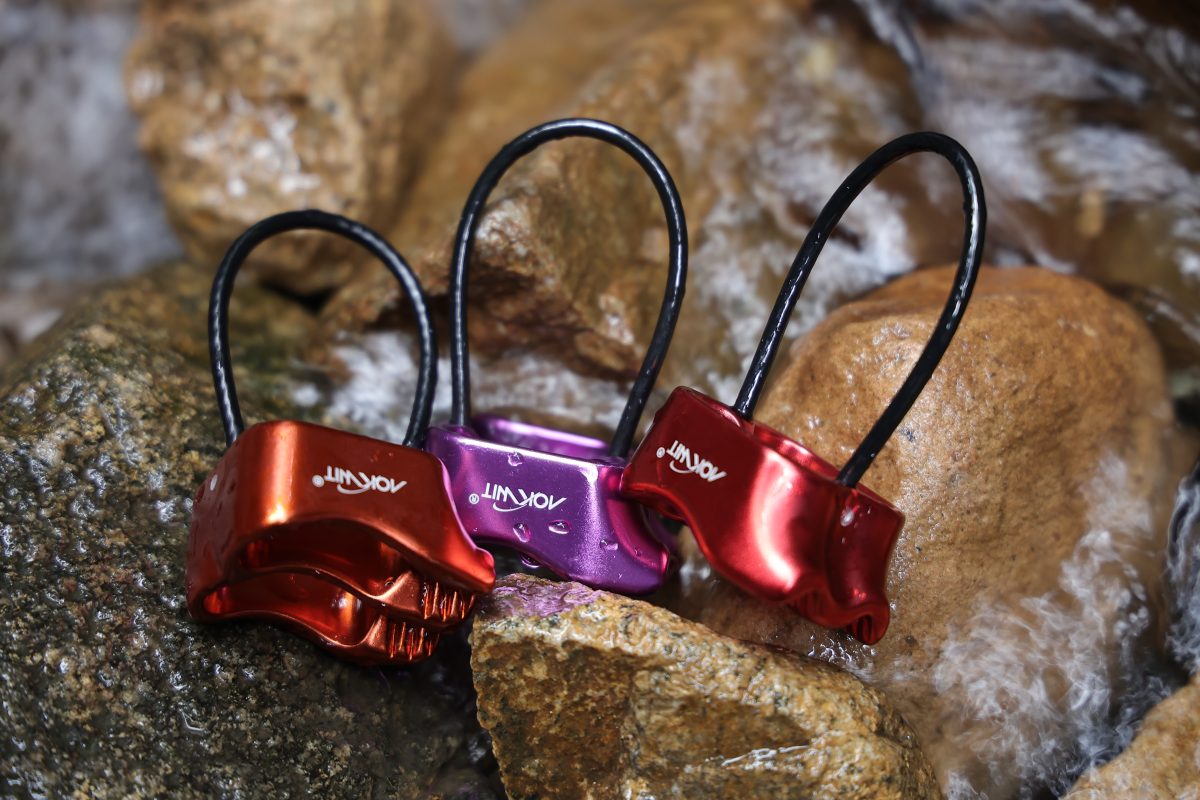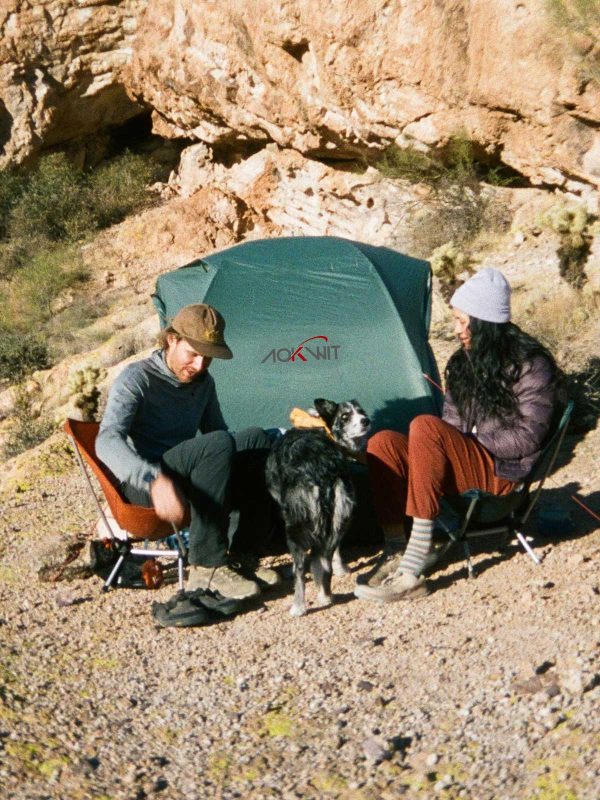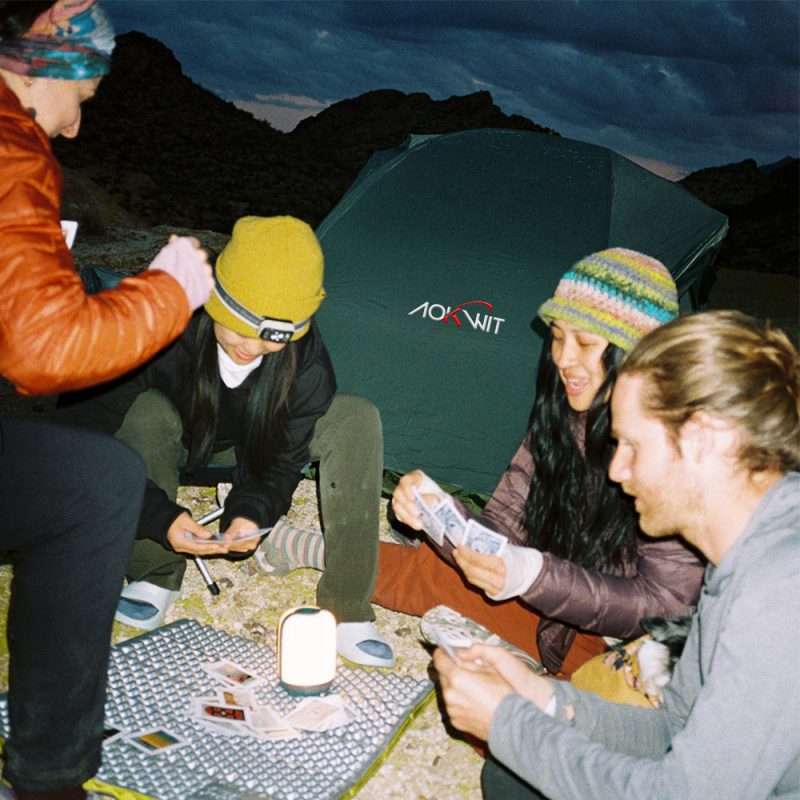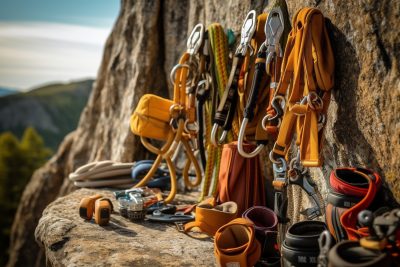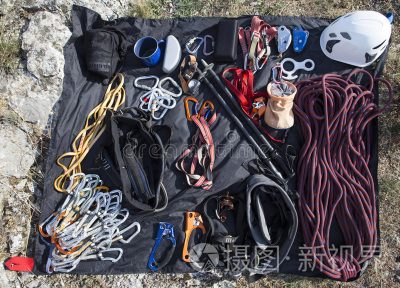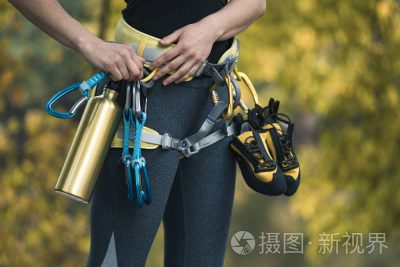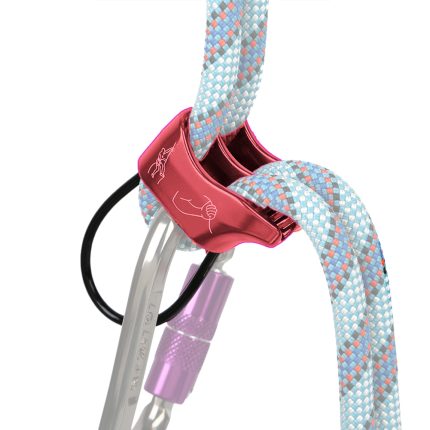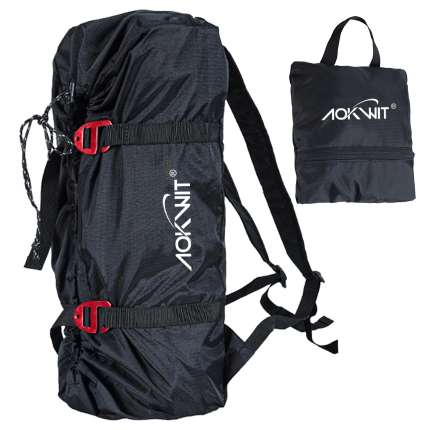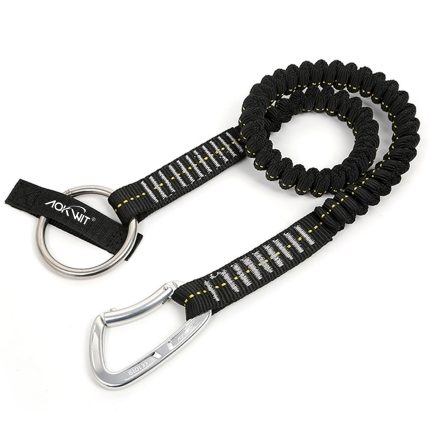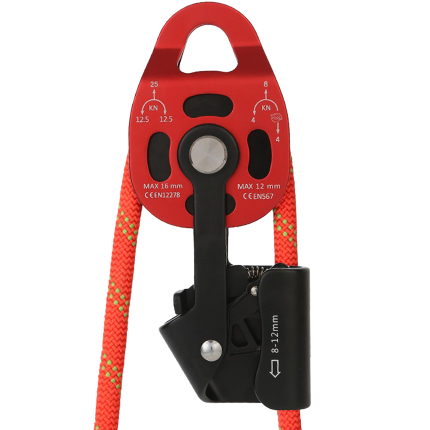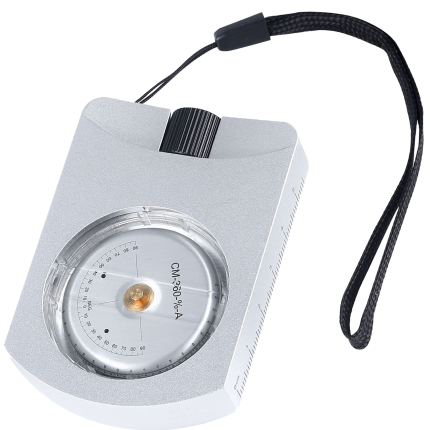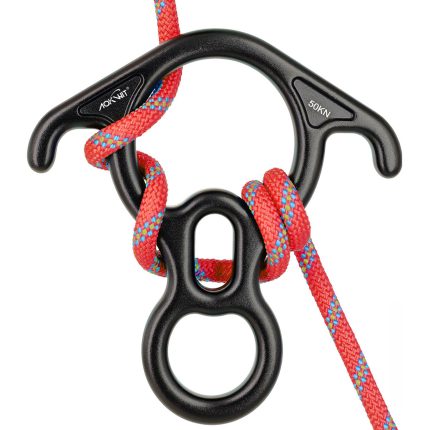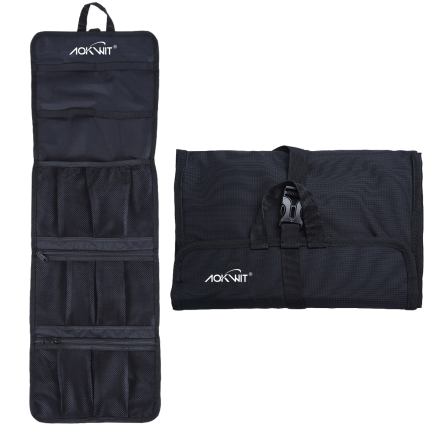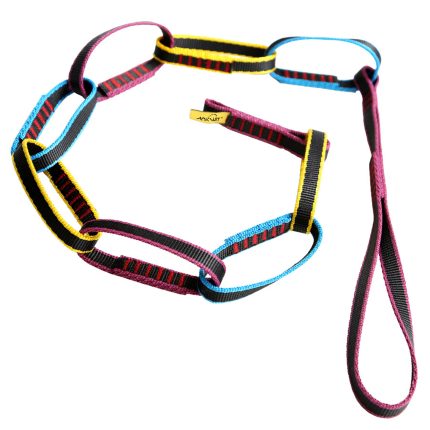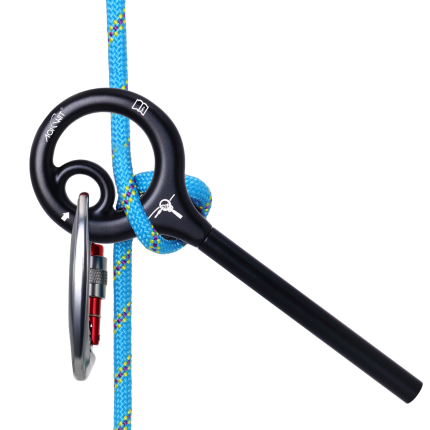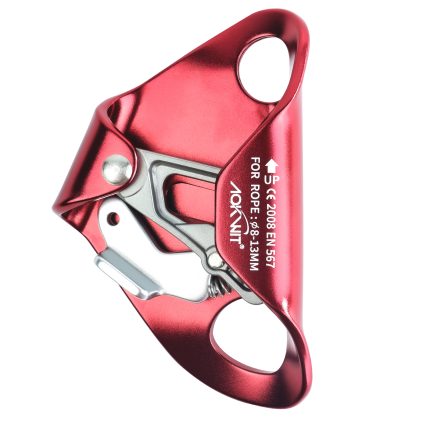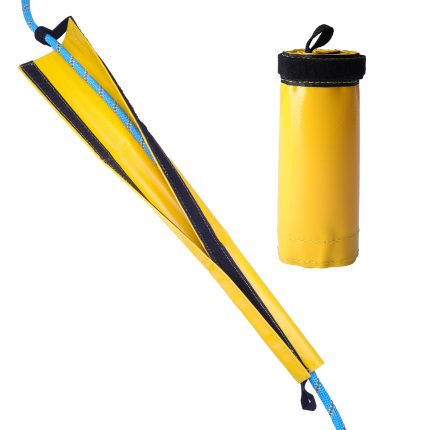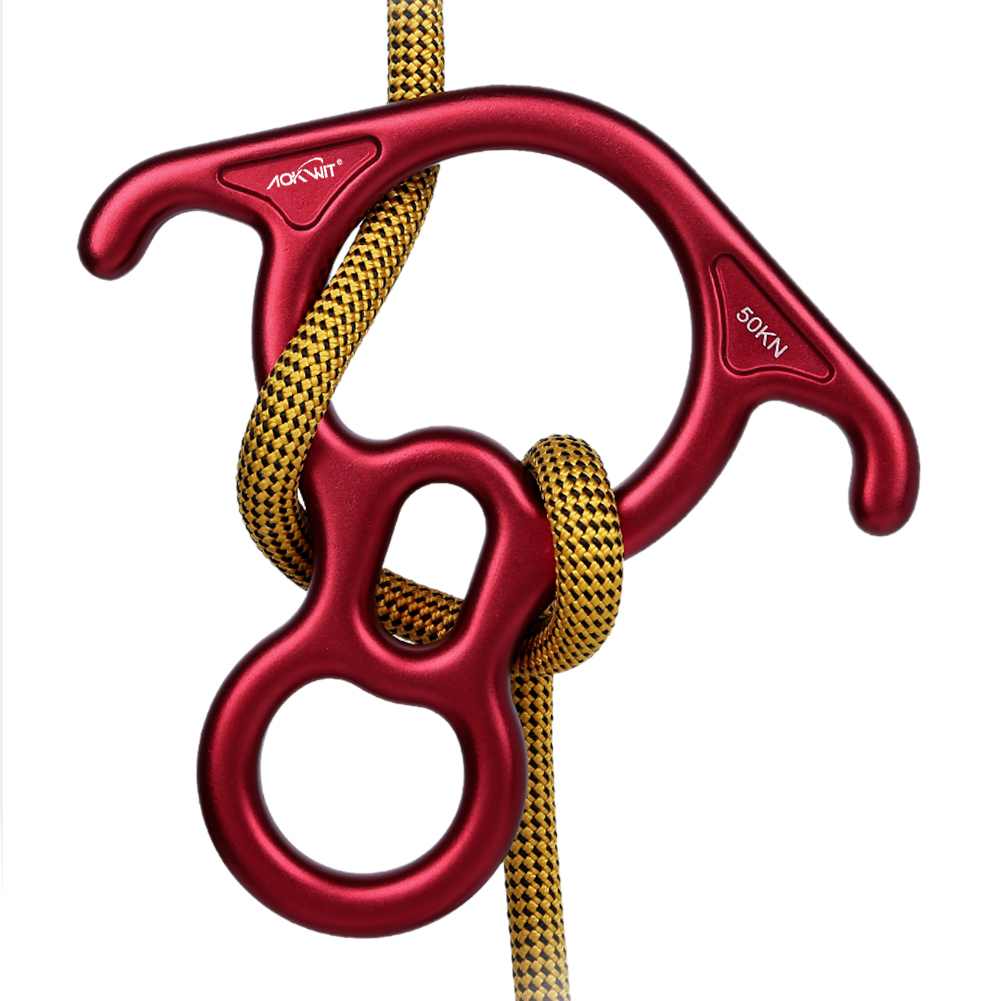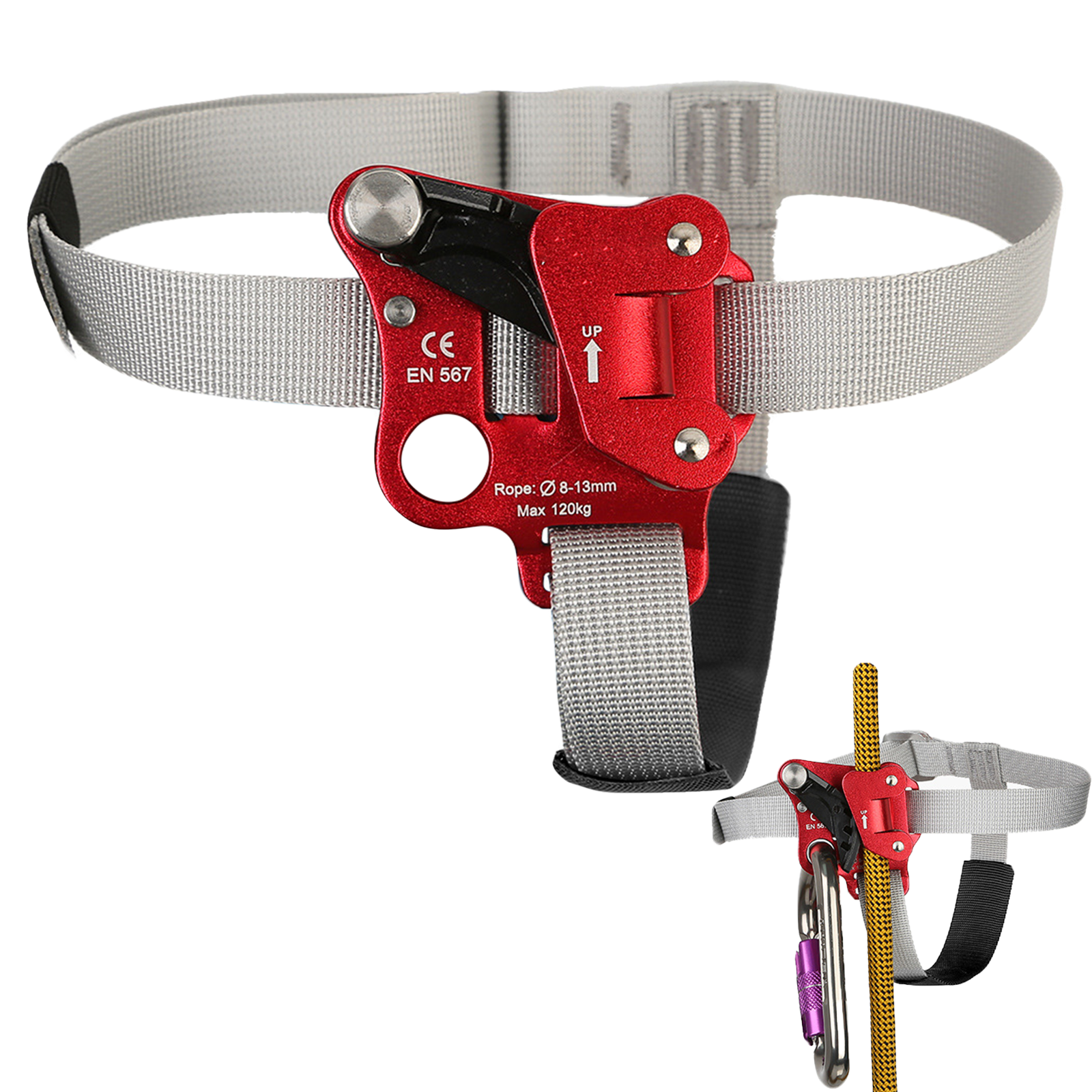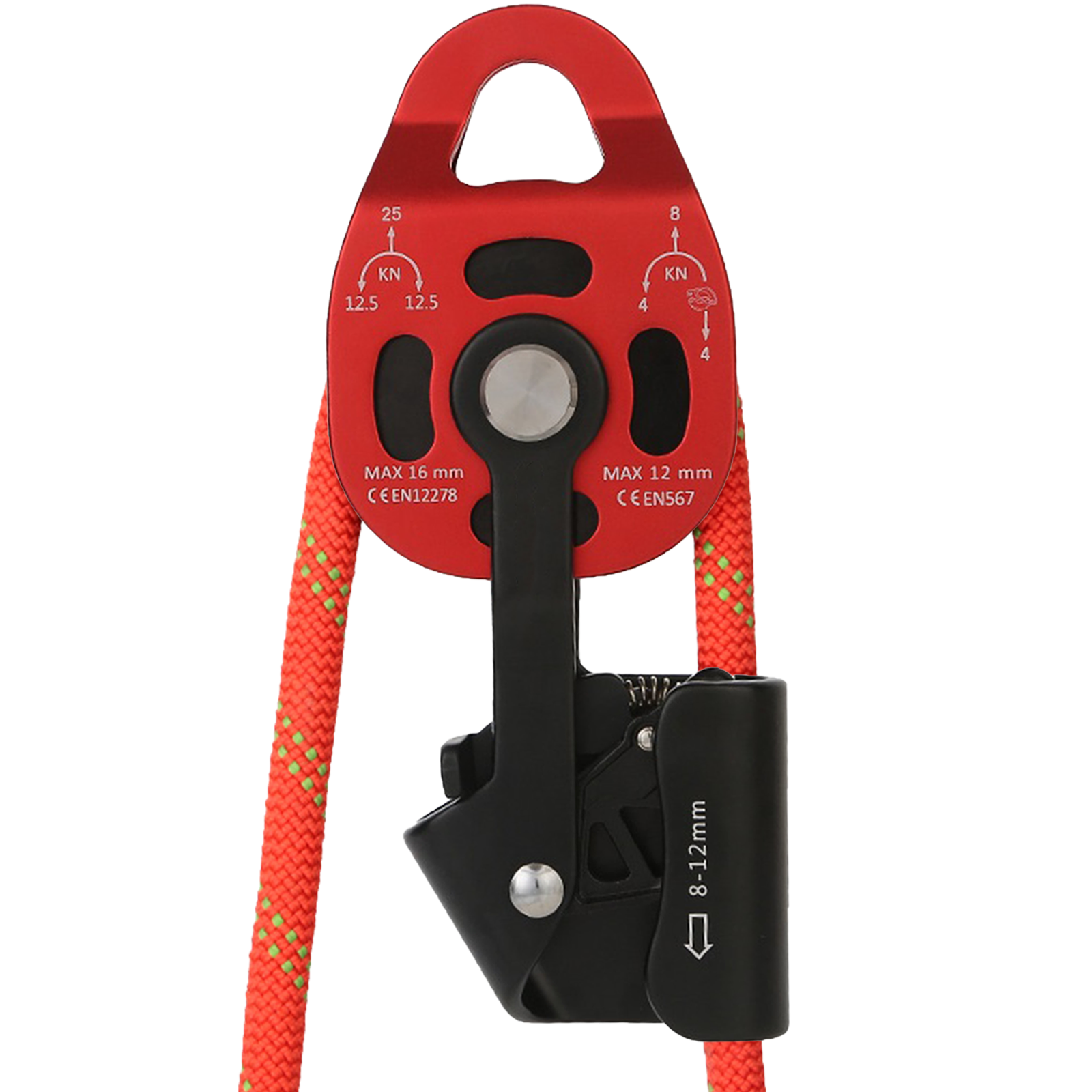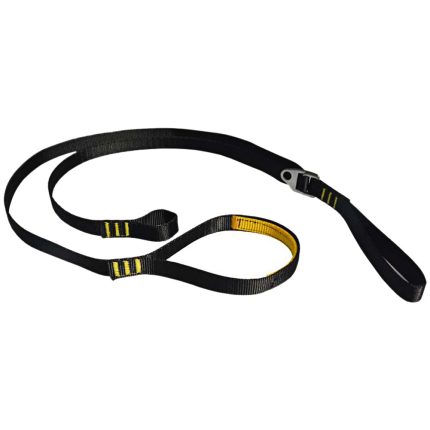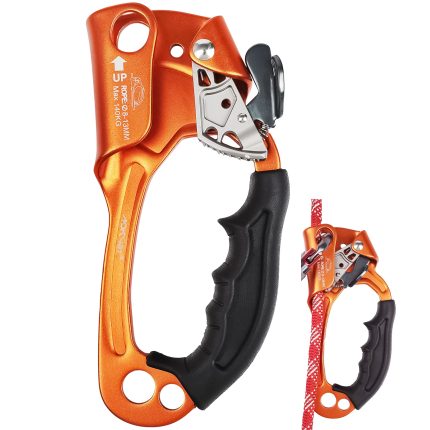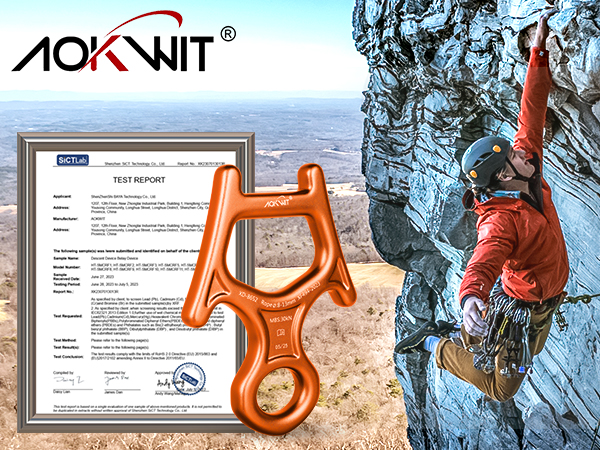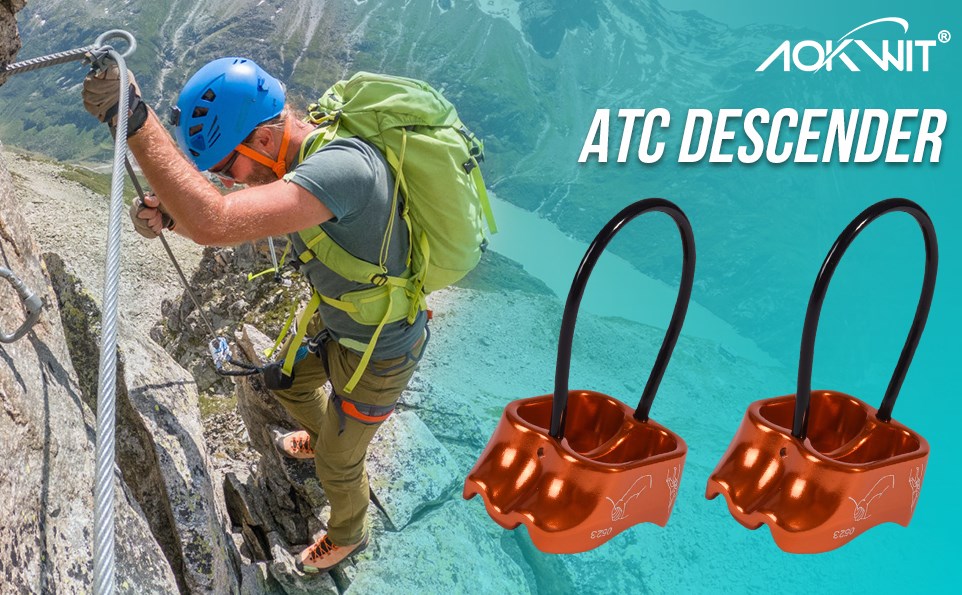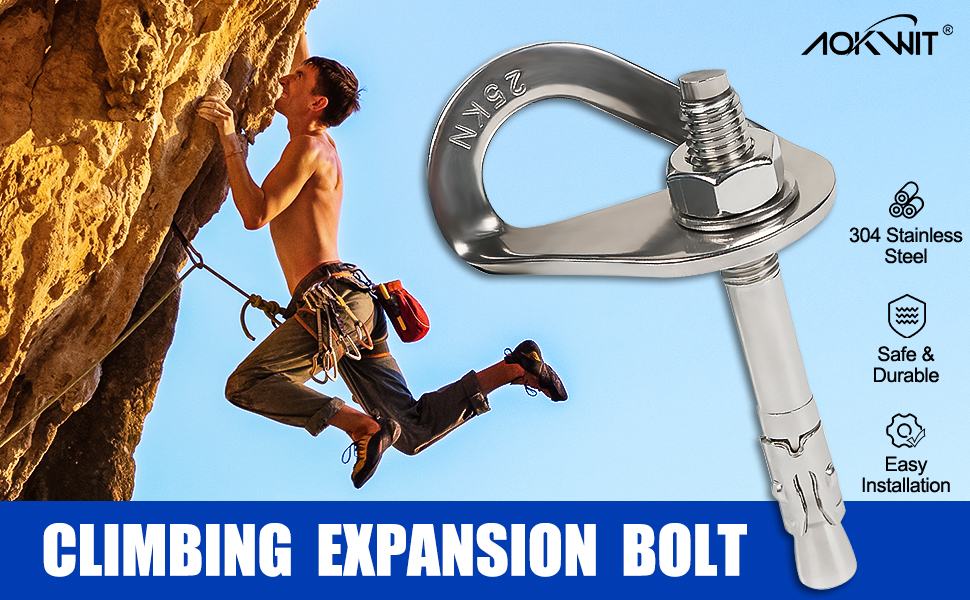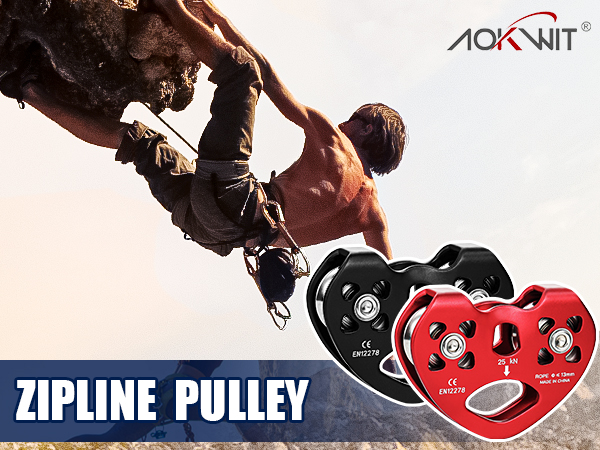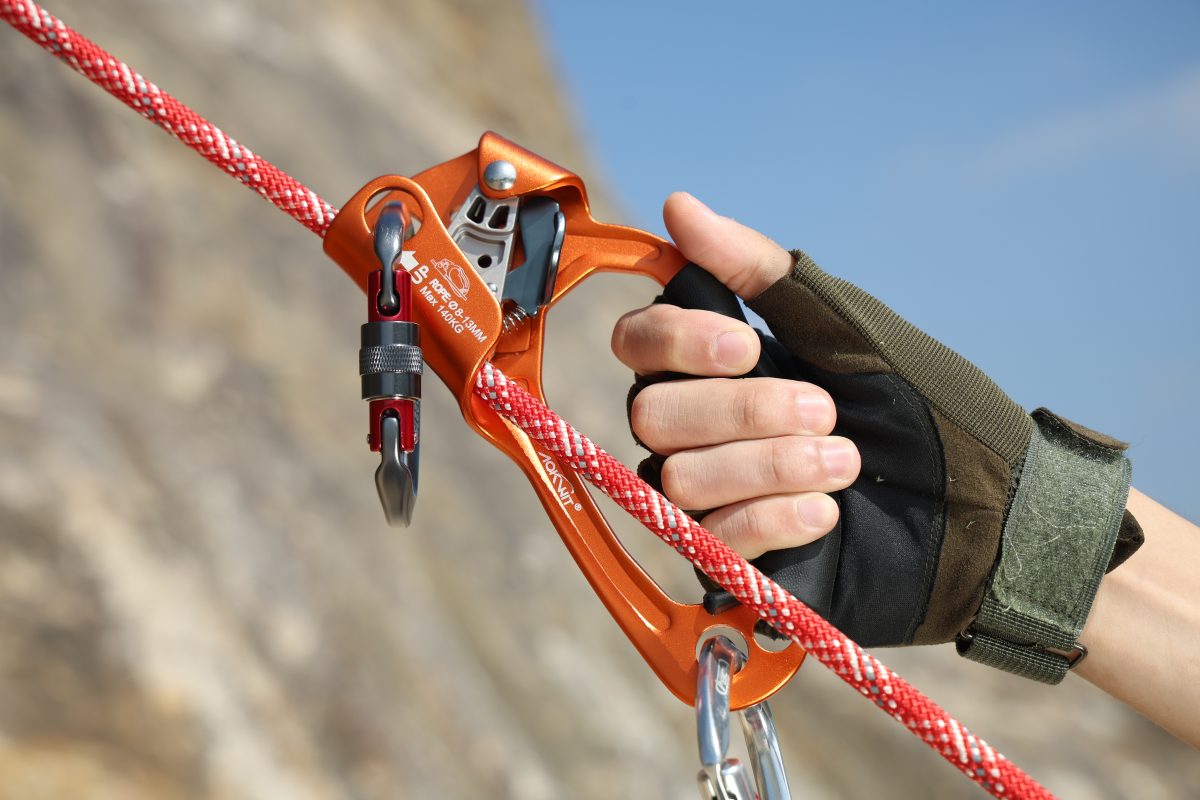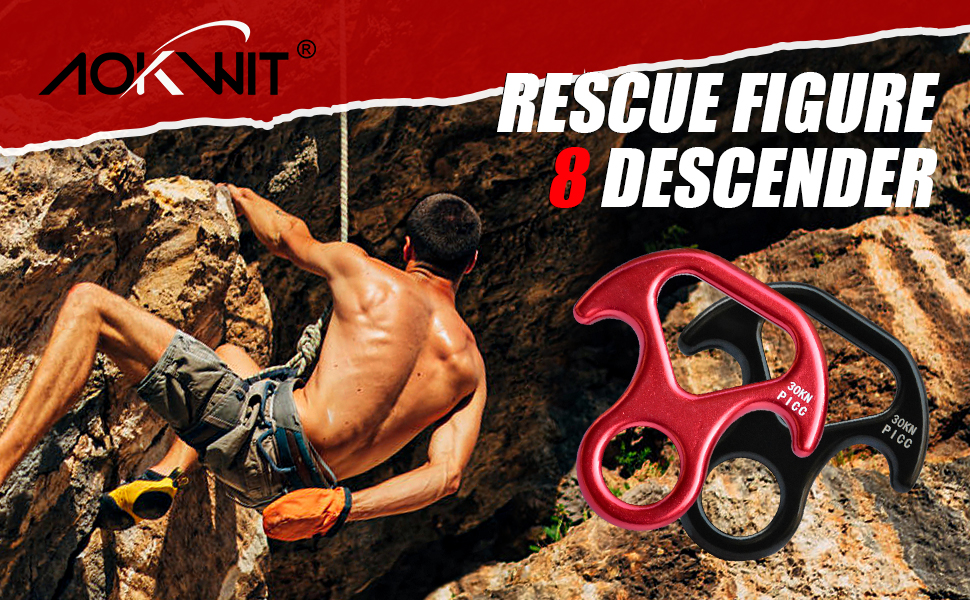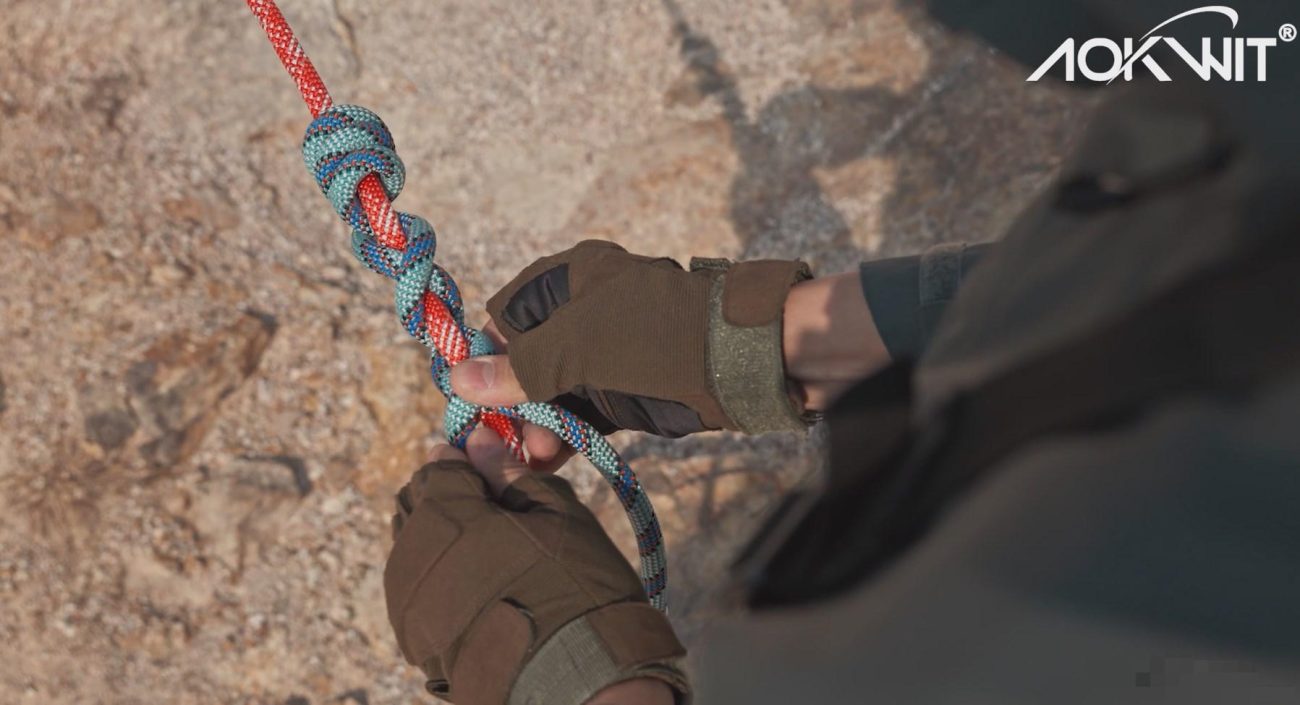Unbelievable! This Is How Climbing Shoes Actually Evolved?!

I. The Past and Present of Climbing
The origins of climbing trace back to ancient times. To evade predators or enemies, humans often scaled rocky cliffs in critical moments, leveraging the terrain for pursuit or escape.
The earliest recorded ascent dates to the 15th century, when King Charles III of France commanded the leader of Montélimar to scale a 304-meter limestone tower.
Equipped with simple hooks and ladders, they succeeded through skill and experience.

Today, climbing continues to evolve, captivating enthusiasts worldwide. In 2020, sport climbing—dubbed “ballet on the rocks”—debuted as an official Olympic event at the Tokyo Games, injecting fresh energy into the Olympics and thrilling countless climbers!
II. The Evolution of Climbing Shoes
While climbing spans centuries, the development of specialized climbing shoes is relatively recent, with disputed origins.
In the late 19th century, climbers relied on rudimentary footwear: the “hob-nailed boot“, a leather boot with studded soles, used for both climbing and mountaineering.

These stiff, ill-fitting boots gave way to softer-soled canvas shoes in the early 20th century.
French climber Pierre Allain later developed the first commercial rubber-soled climbing shoe, the “PA” (his initials).
However, its rigid design lacked grip-enhancing features.

Allain’s collaboration with master shoemaker Eduard Bourdonneau led to the revolutionary “EB” shoe, featuring a softer rubber sole.

Throughout the 1960s–70s, the EB dominated climbing history. Climbers typically wore them four sizes too small, enduring extreme stiffness.

The 1980s saw a paradigm shift with Heinz Mariacher‘s design. His “Mariacher” shoe prioritized friction, adding straps over the instep and heel for a secure, comfortable fit.
This ended the era of painfully undersized shoes.

III. Modern Upgrades: Perfecting the Climbing Shoe
Mariacher, a climber capable of tackling 5.13-grade routes, summarized his philosophy:
“The art of climbing shoe design lies in balancing performance and flexibility. The shoe should feel like an extension of the body—barely noticeable yet transmitting every nuance of the rock.”

Now in his later years, Mariacher continues innovating at Italian manufacturer SCARPA.
Key Innovation 1: Active Randing
Mariacher’s team developed Active Randing to address precise foot placements on steep terrain. This system allows shoes to adapt dynamically to complex movements, acting like a car’s suspension—absorbing irregularities while maintaining stability.
What is Active Randing?
- Rubber panels handcrafted to “pre-tensioned” specifications, tailored to climbing styles.
- They provide optimal support and responsiveness, storing/releasing energy with each motion.
- Unlike competitors, SCARPA positions Active Randing beneath the toes (not ahead), enhancing sensitivity and power transfer.
SCARPA Models Featuring Active Randing:

INSTINCT VS (Classic)

Drago (Elite Performance)

Veloce (All-Day Comfort for Beginners)
Key Innovation 2: Maximized Sensitivity
Dubbed “ballet on the rocks,” climbing demands exceptional toe sensitivity and protection. Beyond Active Randing, Mariacher prioritized seamless toe construction and precise fabric stretch allowances, molding the shoe to the foot.
SCARPA‘s Competitive Edge:
- Seamless toe boxes eliminate pressure points during toe hooks or heel digs.
- Strategic stitching avoids high-stress zones, reducing discomfort.
- The Soft Line series offers unmatched sensitivity for challenging routes.
Visual Comparison:

Left (Brand A/B): Traditional stitching at toes.

Right (SCARPA INSTINCT S/VAPOR V): Seamless toe design (highlighted in red).
Why it matters: Tight shoes amplify discomfort during toe-intensive maneuvers. SCARPA ensures seams never compromise performance.
